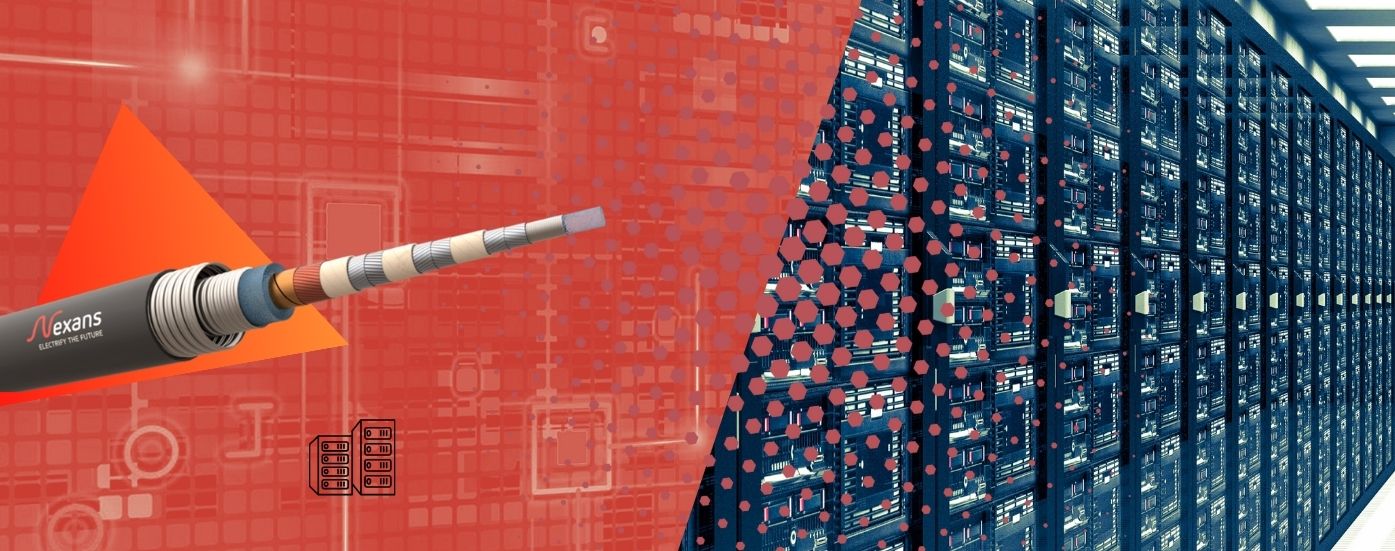Meeting the demands of an expanding digital world
Since 2010, the number of global internet users has more than doubled – 5.5 billion internet users in 2024, and traffic volumes have multiplied 25-fold. Data centers—the physical backbone of this digital economy—have scaled at an unprecedented pace to keep up. But the way they’re powered hasn’t kept pace with the way they’re used.
Imagine trying to link two far-flung cities with only a slow locomotive when what you really need is a high-speed train. That’s the situation facing modern data-intensive facilities: facilities that once consumed a few tens or hundreds of megawatts are now crossing into the gigawatt era, with electrical demands on par with heavy industry. This surge strains conventional copper-based power delivery and forces operators to devote more space, cooling, and capital to internal grid infrastructure instead of computing capacity.
Efficiency improvements have so far kept total data-center electricity use to about 1–1.5 % of the global total. Yet if current trends continue, consumption could rise to 10 % by 20303. Meeting that growth sustainably while preserving 99 % uptime demands a fundamental rethink of internal power distribution.



